- Home
- TV History
- Network Studios History
- Cameras
- Archives
- Viewseum
- About / Comments
Skip to content


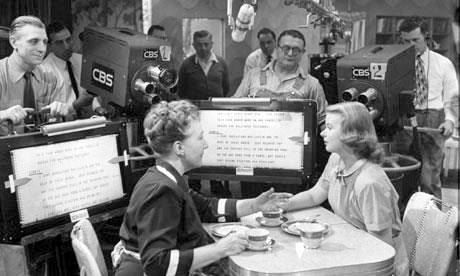

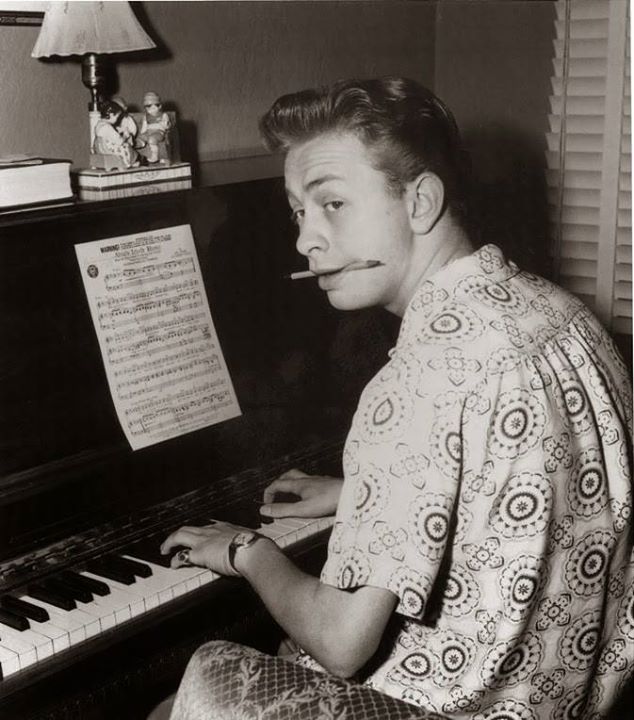

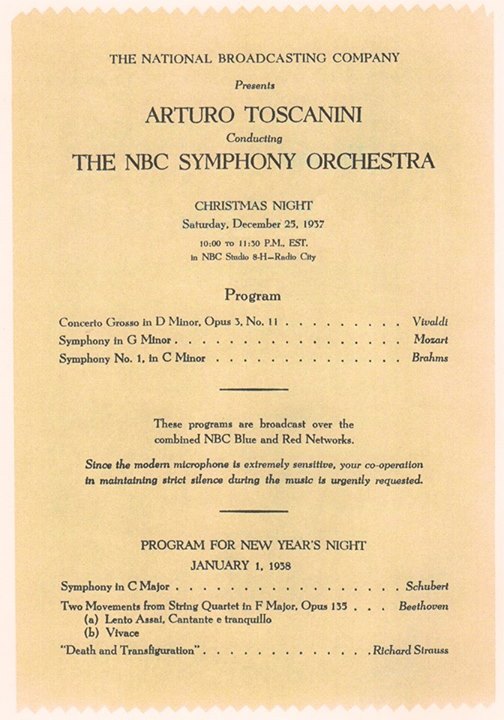

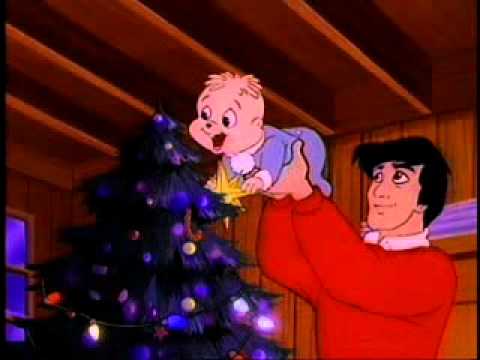

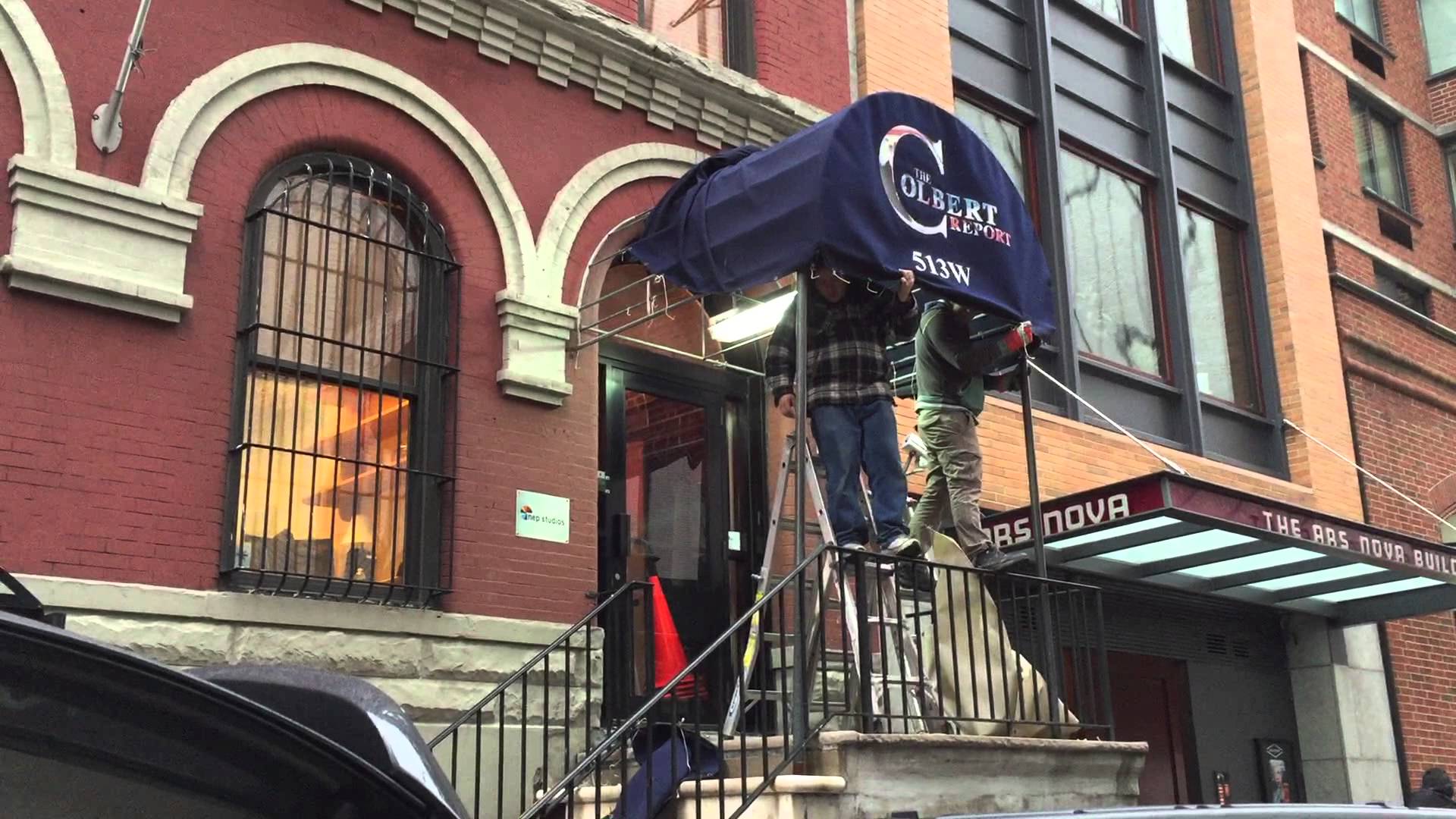

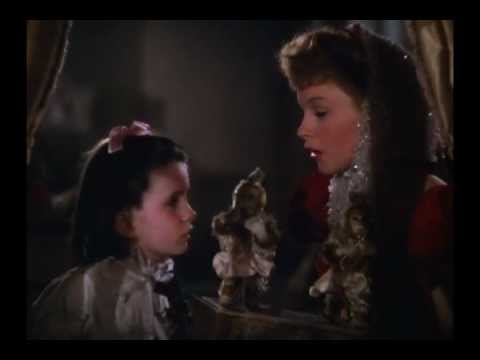

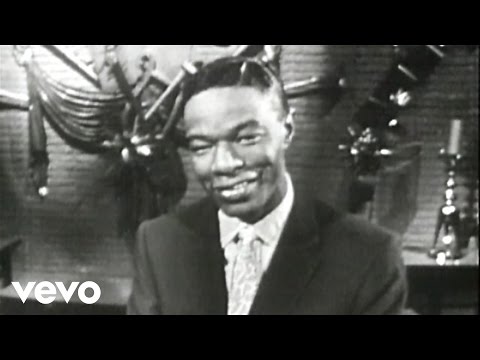

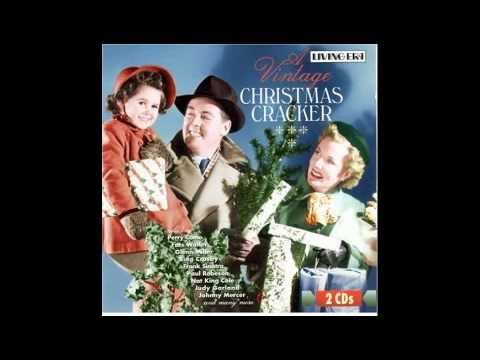

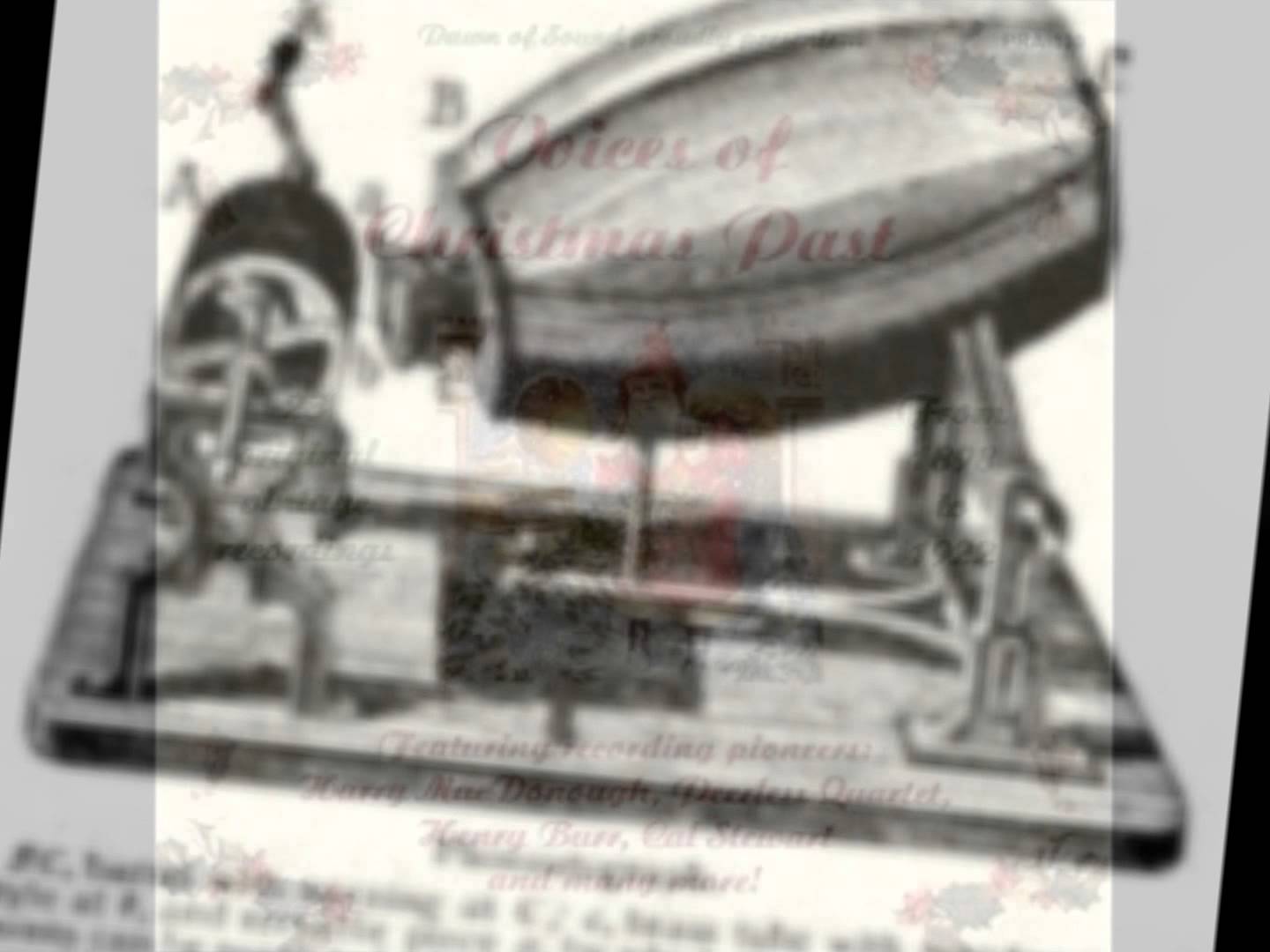

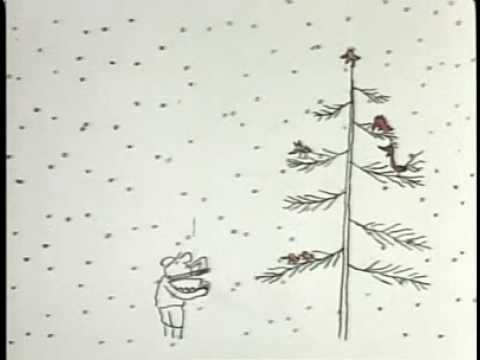

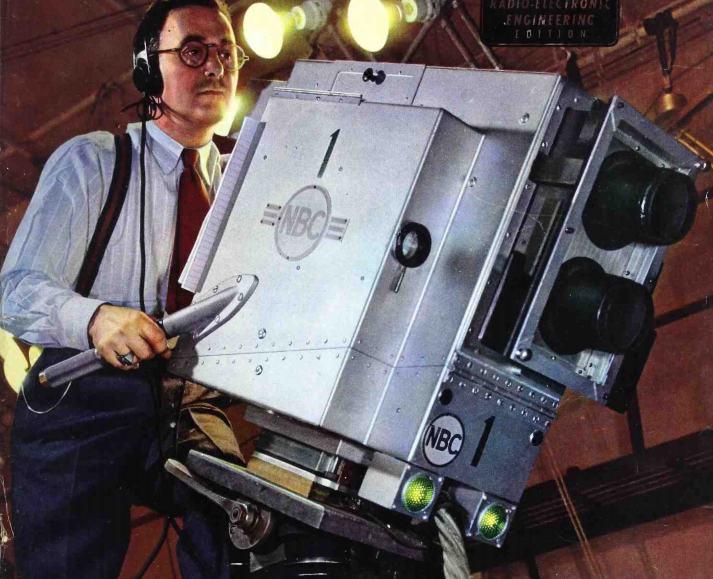

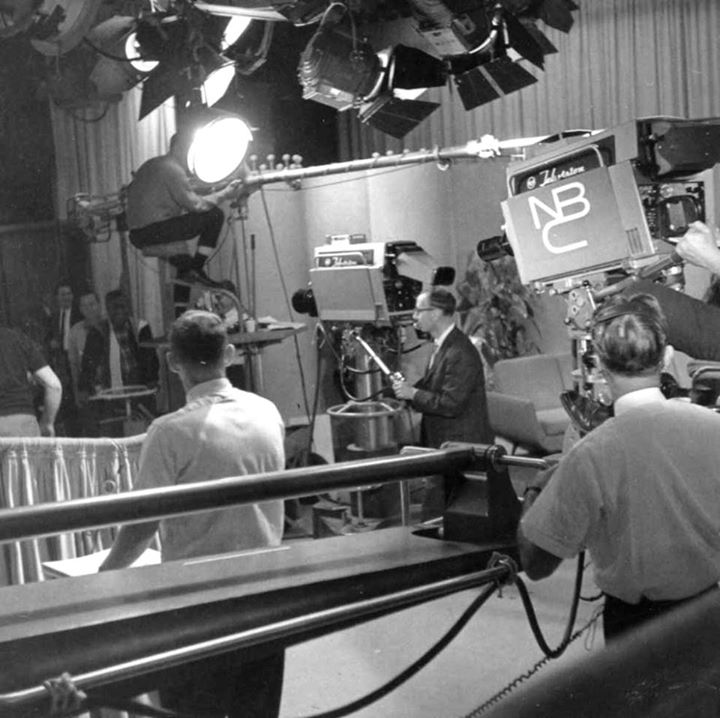

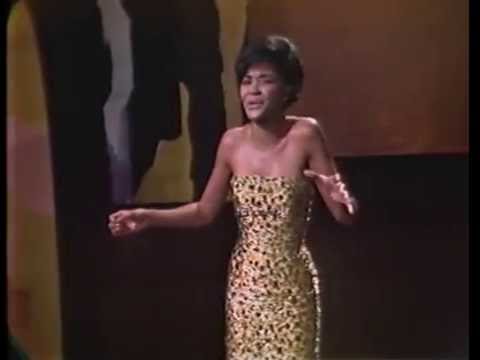

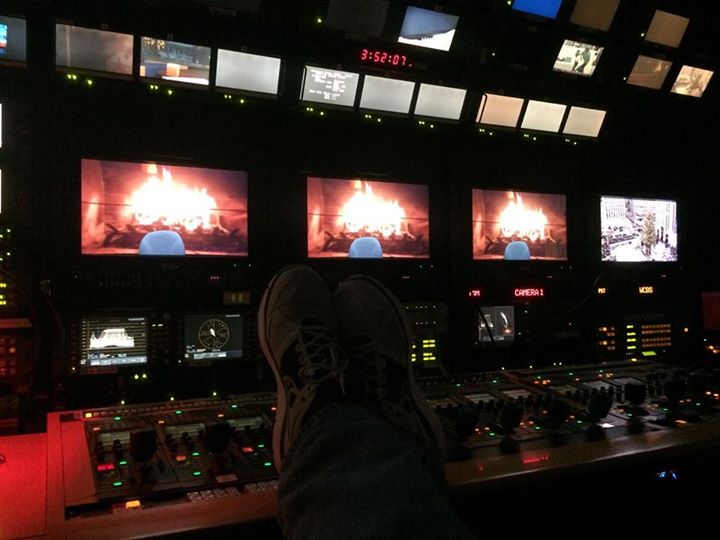



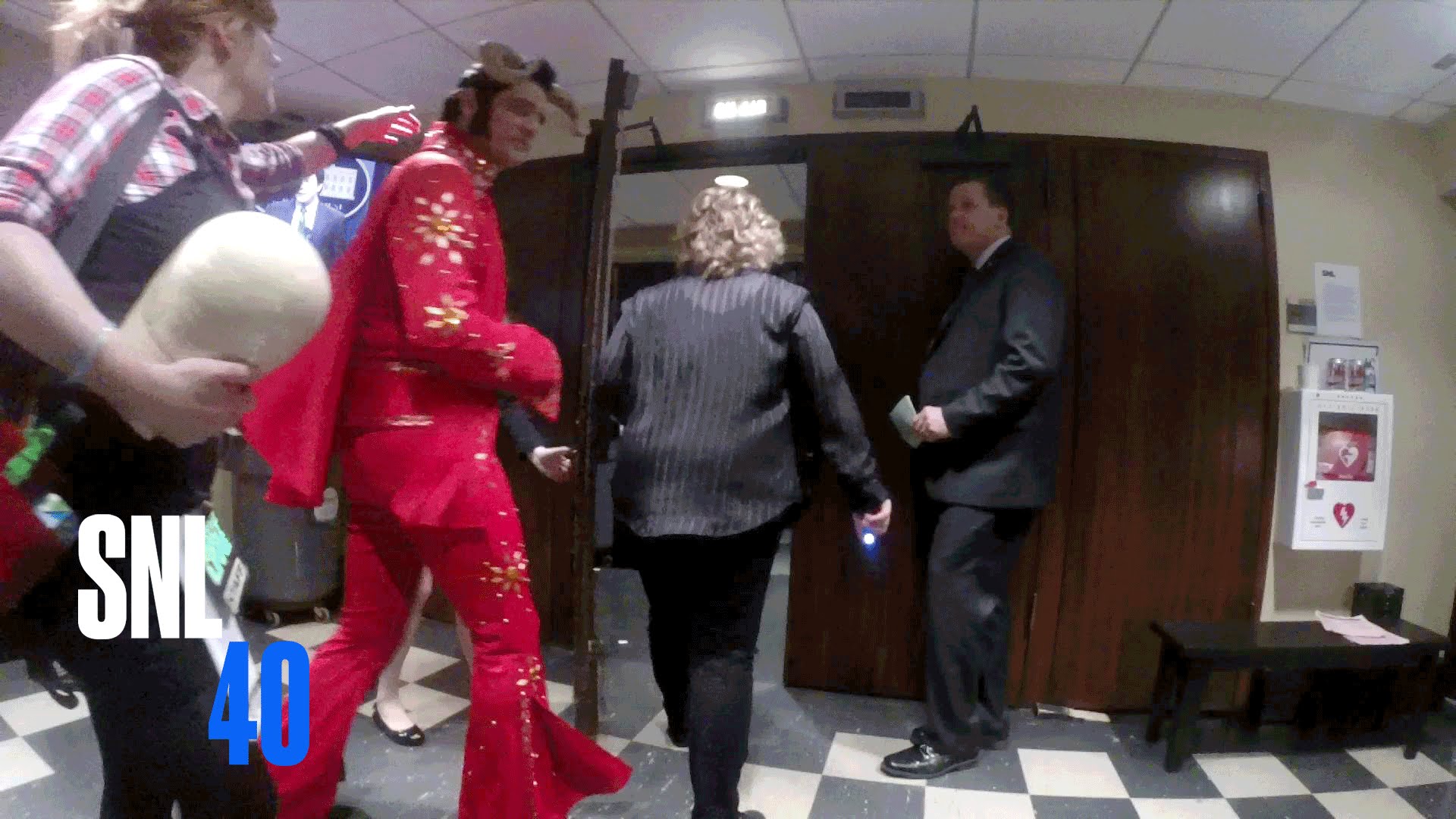





Posts in Category: TV History
Page 41 of 136
« Previous
1
2
3
4
5
6
7
8
9
10
11
12
13
14
15
16
17
18
19
20
21
22
23
24
25
26
27
28
29
30
31
32
33
34
35
36
37
38
39
40
41
42
43
44
45
46
47
48
49
50
51
52
53
54
55
56
57
58
59
60
61
62
63
64
65
66
67
68
69
70
71
72
73
74
75
76
77
78
79
80
81
82
83
84
85
86
87
88
89
90
91
92
93
94
95
96
97
98
99
100
101
102
103
104
105
106
107
108
109
110
111
112
113
114
115
116
117
118
119
120
121
122
123
124
125
126
127
128
129
130
131
132
133
134
135
136
Next » 

Some Television Firsts In Football…Pro and College
On December 26, 2014
- TV History, Viewseum
Some Television Firsts In Football…Pro and College
Here are some interesting firsts in the coverage of the game. The video is from ABC’s first season of what would become a juggernaut in television sports coverage…’Wide World Of Sports’.
Here, in a preseason game between the Dallas Texans and the San Diego Chargers, we will see the first use of an overhead camera with a platform suspended by a 130 foot crane. There are also microphones on the quarterbacks, which was another first. Finally, there is a portable camera on the sidelines. We have seen NBC do this in 1956. They seem to have not followed through but Roone Arledge did.
By the way, it is thought the first overhead camera use in an NCAA game came at The Liberty Bowl in 1964. Enjoy and share! -Bobby Ellerbee
Deep CBS Studio History…Part 1, The Dumont Camera Mysteries
On December 26, 2014
- TV History
Deep CBS Studio History…Part 1, The Dumont Camera Mysteries
Occasionally, we see Dumont cameras in use on some early CBS soap operas. Some of us had thought CBS may have had a half dozen at Leiderkrantz Hall, but in fact, they were at the Dumont studios where CBS leased space for for daytime programs.
Due to a building freeze during WW II and the rapid advance of television after that, studio space in New York was very tight. From what I can piece together, before the Dumont Tele Center was built in 1954, their programs came from 515 Madison Ave., Wanamakers, The Adelphi and the Ambassador Theaters.
The first and second photo with the old CBS logo is ‘The First Hundred Years’ which debuted on CBS December 4, 1950. The next two photos are from ‘Love Of Life’ with Larry Auerbach directing, in 1951. I think these either came from 515 Madison or The Ambassador Theater.
Even with Leiderkrantz Hall coming on line around 1949, ‘As The
World Turns’ and ‘The Edge Of Night’ both started at the DuMont Tele Center Studios at 205 East 67th Street, both on April 2, 1956.
‘The Edge Of Night’ moved to Studio 72 after ‘The Verdict Is Yours’ moved to Hollywood and ‘As The World Turns’ moved to Studio 65 around 1963. Studio 65 was reserved for a weekly Judy Garland show, but in April, 1963 she decided to do all her shows at CBS Television City in Hollywood. ‘The Edge Of Night’ moved to Studio 61 after some David Susskind drama specials left. Sometimes, ‘Candid Camera’ and ‘On Broadway Tonight’ aired there until the end of the summer of 1965.
More to come tomorrow in Part 2. Enjoy and share! -Bobby Ellerbee
One Of The Best, True Holiday Stories Ever…
On December 25, 2014
- TV History
One Of The Best, True Holiday Stories Ever…By Mark Evanier
Our friend Mark, has been blogging on entertainment since 2000 and may be best known for this great oldtvtickets.com site, but here’s a great story he tells of a classic encounter with Mel Tormé. Enjoy and share! -Bobby Ellerbee
*****************************************************************************************
I want to tell you a story. The scene is Farmers Market — the famed tourist mecca of Los Angeles. It’s located but yards from the facility they call, “CBS Television City in Hollywood”…which, of course, is not in Hollywood but at least is very close.
Farmers Market is a quaint collection of bungalow stores, produce stalls and little stands where one can buy darn near anything edible one wishes to devour. You buy your pizza slice or sandwich or Chinese food or whatever at one of umpteen counters, then carry it on a tray to an open-air table for consumption.
During the Summer or on weekends, the place is full of families and tourists and Japanese tour groups. But this was a winter weekday, not long before Christmas, and the crowd was mostly older folks, dawdling over coffee and danish. For most of them, it’s a good place to get a donut or a taco, to sit and read the paper.
For me, it’s a good place to get out of the house and grab something to eat. I arrived, headed for my favorite barbecue stand and, en route, noticed that Mel Tormé was seated at one of the tables.
Mel Tormé. My favorite singer. Just sitting there, sipping a cup of coffee, munching on an English Muffin, reading The New York Times. Mel Tormé.
I had never met Mel Tormé. Alas, I still haven’t and now I never will. He looked like he was engrossed in the paper that day so I didn’t stop and say, “Excuse me, I just wanted to tell you how much I’ve enjoyed all your records.” I wish I had.
Instead, I continued over to the BBQ place, got myself a chicken sandwich and settled down at a table to consume it. I was about halfway through when four Christmas carolers strolled by, singing “Let It Snow,” a cappella.
They were young adults with strong, fine voices and they were all clad in splendid Victorian garb. The Market had hired them (I assume) to stroll about and sing for the diners — a little touch of the holidays.
“Let It Snow” concluded not far from me to polite applause from all within earshot. I waved the leader of the chorale over and directed his attention to Mr. Tormé, seated about twenty yards from me.
“That’s Mel Tormé down there. Do you know who he is?”
The singer was about 25 so it didn’t horrify me that he said, “No.”
I asked, “Do you know ‘The Christmas Song?'”
Again, a “No.”
I said, “That’s the one that starts, ‘Chestnuts roasting on an open fire…'”
“Oh, yes,” the caroler chirped. “Is that what it’s called? ‘The Christmas Song?'”
“That’s the name,” I explained. “And that man wrote it.” The singer thanked me, returned to his group for a brief huddle…and then they strolled down towards Mel Tormé. I ditched the rest of my sandwich and followed, a few steps behind. As they reached their quarry, they began singing, “Chestnuts roasting on an open fire…” directly to him.
A big smile formed on Mel Tormé’s face — and it wasn’t the only one around. Most of those sitting at nearby tables knew who he was and many seemed aware of the significance of singing that song to him. For those who didn’t, there was a sudden flurry of whispers: “That’s Mel Tormé…he wrote that…”
As the choir reached the last chorus or two of the song, Mel got to his feet and made a little gesture that meant, “Let me sing one chorus solo.” The carolers — all still apparently unaware they were in the presence of one of the world’s great singers — looked a bit uncomfortable. I’d bet at least a couple were thinking, “Oh, no…the little fat guy wants to sing.”
But they stopped and the little fat guy started to sing…and, of course, out came this beautiful, melodic, perfectly-on-pitch voice. The look on the face of the singer I’d briefed was amazed at first…then properly impressed.
On Mr. Tormé’s signal, they all joined in on the final lines: “Although it’s been said, many times, many ways…Merry Christmas to you…” Big smiles all around.
And not just from them. I looked and at all the tables surrounding the impromptu performance, I saw huge grins of delight…which segued, as the song ended, into a huge burst of applause. The whole tune only lasted about two minutes but I doubt anyone who was there will ever forget it.
I have witnessed a number of thrilling “show business” moments — those incidents, far and few between, where all the little hairs on your epidermis snap to attention and tingle with joy. Usually, these occur on a screen or stage. I hadn’t expected to experience one next to a falafel stand — but I did.
Tormé thanked the harmonizers for the serenade and one of the women said, “You really wrote that?”
He nodded. “A wonderful songwriter named Bob Wells and I wrote that…and, get this — we did it on the hottest day of the year in July. It was a way to cool down.”
Then the gent I’d briefed said, “You know, you’re not a bad singer.” He actually said that to Mel Tormé.
Mel chuckled. He realized that these four young folks hadn’t the velvet-foggiest notion who he was, above and beyond the fact that he’d worked on that classic carol. “Well,” he said. “I’ve actually made a few records in my day…”
“Really?” the other man asked. “How many?”
Tormé smiled and said, “Ninety.”
I probably own about half of them on vinyl and/or CD. For some reason, they sound better on vinyl. (My favorite was the album he made with Buddy Rich. Go ahead. Find me a better parlay of singer and drummer. I’ll wait.)
Today, as I’m reading obits, I’m reminded of that moment. And I’m impressed to remember that Mel Tormé was also an accomplished author and actor. Mostly though, I’m recalling that pre-Christmas afternoon.
I love people who do something so well that you can’t conceive of it being done better. Doesn’t even have to be something important: Singing, dancing, plate-spinning, mooning your neighbor’s cat, whatever. There is a certain beauty to doing almost anything to perfection.
No recording exists of that chorus that Mel Tormé sang for the other diners at Farmers Market but if you never believe another word I write, trust me on this. It was perfect. Absolutely perfect.
December 25, 1937…Toscanini Debuts The NBC Symphony Orchestra
On December 25, 2014
- TV History
December 25, 1937…Toscanini Debuts The NBC Symphony Orchestra
Tom Lewis, in the Organization of American Historians Magazine of History, described NBC’s plan for cultural programming and the origin of the NBC Symphony:
David Sarnoff, the president of RCA who had first proposed the “radio music box” in 1916 so that listeners might enjoy “concerts, lectures, music, recitals,” felt that the medium was failing to do this. By 1937, RCA had recovered enough from the effects of the Depression for it to make a dramatic commitment to cultural programming. With the most liberal terms Sarnoff hired Arturo Toscanini to create an entire orchestra and conduct it. On Christmas night, 1937, the NBC orchestra gave its first performance…Vivaldi’s Concerto Grosso in D Minor in NBC’s Auditorium Studio, or what we now call Studio 8H.
Sarnoff devoted considerable resources to create an orchestra of the first rank for NBC. Artur Rodziński, a noted orchestra builder and musical task master in his own right, was engaged to mold and train the new orchestra in anticipation of the arrival of Toscanini. It offered the highest salaries of any orchestra at the time and a 52-week contract. Prominent musicians from major orchestras around the country were recruited and the conductor Pierre Monteux was hired as well to work with the orchestra in its formative months.
The orchestra’s first broadcast concert aired on November 13, 1937 under the direction of Monteux. Toscanini conducted ten concerts that first season, making his NBC debut on December 25, 1937. In addition to weekly broadcasts on the NBC Red and Blue networks, the NBC Symphony Orchestra made many recordings for RCA Victor of symphonies, choral music and operas. Televised concerts began in March 1948 and continued until March 1952. In the fall of 1950, NBC converted Studio 8H into a television studio, and moved the broadcast concerts to Carnegie Hall, where many of the orchestra’s recording sessions and special concerts had already taken place.
Toscanini led the NBC Symphony for 17 years. Under his direction the orchestra toured South America in 1940 and the United States in 1950.
Leopold Stokowski served as principal conductor from 1941-1944 on a three-year contract following a dispute between Toscanini and NBC. During this time Toscanini continued to lead the orchestra in a series of public benefit concerts for war relief. He returned as Stokowski’s co-conductor for the 1942-43 and 1943-44 seasons, resuming full control thereafter. Upon Toscanini’s retirement in the spring of 1954, NBC officially disbanded the orchestra, much to Toscanini’s distress, though it continued for several years as the Symphony of the Air. Toscanini’s final broadcast concert with the orchestra (recorded in both mono and stereo) took place at Carnegie Hall on April 4, 1954, and his final recording sessions were completed in early June 1954.
Thanks to Doug Gerbino for sharing this rare program from that night. Enjoy, share and Merry Christmas! -Bobby Ellerbee


Remember This? ‘The Chipmunk Song’… #1 December 1958
On December 24, 2014
- TV History
Remember This? ‘The Chipmunk Song’… #1 December 1958
Did you know that David Seville was the stage name for Ross Bagdasarian? Bagdasarian was creator and voice of The Chipmunks. The year before he had a hit with ‘The Witch Doctor’…Oh e oo aha aha, ting tang walla walla bing bang, etc.
The tape machine Bagdasarian used to record the chipmunk sound on was a variable speed, Tape-O-Matic “Voice of Music” reel-to-reel recorder. The key words here are variable speed. People tried to emulate his sound, but without the variable speed function, you just couldn’t get there.
This song was #1 Christmas of 1958 and won two Grammys, one of which was for technology. This is the original version with some interesting video editing. Enjoy, share and sing along!
http://www.youtube.com/watch?v=whY9MKlvisI
My 3rd fan made Chipmunk video featuring clips from various Chipmunks Christmas special episodes and shows where David Seville and The Chipmunks celebrate Ch…


Colbert Awning Comes Down At The Home Of Truthyness…NEP Studio 54
On December 24, 2014
- TV History
Colbert Awning Comes Down At The Home Of Truthyness…NEP Studio 54
https://m.youtube.com/watch?v=49oALVGxIgU&feature=youtu.be
The Colbert Report awning comes down from it’s New York studios, signaling the end of the show – December 22, 3015


The Story Behind The Classic…”Have Yourself A Merry Little Christmas”
On December 23, 2014
- TV History
The Story Behind The Classic…”Have Yourself A Merry Little Christmas”
This, one of my favorites, was introduced by Judy Garland in the 1944 movie musical ‘Meet Me in St. Louis’. The song was written by Hugh Martin and Ralph Blane for a scene were Garland’s character, Esther, sings the bittersweet song to her little sister, trying to cheer her up as both lament their family’s move away from their hometown. But Garland and director Vincent Minnelli weren’t happy with Martin’s early, darker lyrics.
These included lines that Martin would later describe as ”hysterically lugubrious,” like ”Have yourself a merry little Christmas/It may be your last…. Faithful friends who were dear to us/Will be near to us no more.”
Martin initially refused to revise the lyrics, but a blue talking to from actor Tom Drake set him straight. “He said, ‘You stupid son of a bitch!'” Martin recollected, “‘You’re gonna foul up your life if you don’t write another verse of that song!”’ Ultimately, Martin gave the song a more hopeful leaning, first for the movie then again in 1957 at the request of Frank Sinatra. For Ol’ Blue Eyes, he changed “We’ll have to muddle through somehow” to the more jolly “Hang a shining star upon the highest bough.” The song has since became a standard, in both forms. Enjoy, share and sing along! -Bobby Ellerbee
http://www.youtube.com/watch?v=MKG5X0QMSWA
From the movie “Meet me in St. Louis” (1944). Con Subtitulos en Español


The Story Behind The Classic…”The Christmas Song”
On December 23, 2014
- TV History
The Story Behind The Classic…”The Christmas Song”
The Christmas Song was written in 1944 by musician, composer, and vocalist Mel Tormé and Bob Wells. The song was written during an incredibly hot summer in an effort to stay cool by thinking cold thoughts.
“I saw a spiral pad on his Bob’s piano with four lines written in pencil”, Tormé recalled. “They started, ‘Chestnuts roasting…Jack Frost nipping…Yuletide carols…Folks dressed up like Eskimos. Bob didn’t think he was writing a song lyric. He said he thought if he could immerse himself in winter he could cool off. Forty minutes later “The Christmas Song” was complete.”
The Nat King Cole Trio first recorded the song early in 1946, and disregarding objections of his label Capitol Records, a second recording was made the same year utilizing a small string section, this version became a massive hit on both the pop and R&B charts.
Cole again recorded the song in 1953, using the same arrangement with a full orchestra arranged and conducted by Nelson Riddle, and once more in 1961, in stereo with orchestra conducted by Ralph Carmichael which is arguably the most popular version of this Christmas classic. Enjoy, share and sing along! -Bobby Ellerbee


The Story Behind The Classic…”Santa Clause Is Coming To Town”
On December 23, 2014
- TV History
The Story Behind The Classic…”Santa Clause Is Coming To Town”
Below is the first known recording of the song which came only days after it debuted. “Santa Claus Is Coming To Town” was first performed by Eddie Cantor on his radio show in November 1934. The next day, there were orders for 100,000 copies of sheet music and 400,000 copies sold by Christmas of that year.
As the story goes, James “Haven” Gillespie was a vaudevillian-turned-songwriter who’d fallen on hard times, both financially and personally. Gillespie got the call to pen a Christmas tune for Cantor just after learning his brother had died.
Initially, he rejected the job, feeling too overcome with grief to consider penning a playful holiday ditty. But a subway ride recollecting his childhood with his brother and his mother’s warnings that “Santa was watching” changed his mind. He had the lyrics in 15 minutes, then called in composer John Coots to make up the music that would become a huge hit within 24 hours of its debut. Enjoy, share and sing along! -Bobby Ellerbee
http://www.youtube.com/watch?v=kbePb9xNNII
By John Frederick Coots & Haven Gillespie. The first recording of this song. Oct. 24, 1934. New York. from A Vintage Christmas Cracker. Living Era CD AJS 275…


Ultra Rare! The 1st Christmas Song Ever Recorded…Jingle Bells, 1898
On December 23, 2014
- TV History
Ultra Rare! The 1st Christmas Song Ever Recorded…Jingle Bells, 1898
We’ll get to how J. S. Peirpont came to write the song in Savannah, Georgia in a moment, but first a note on the recording. As noted in the video, a banjo player named Will Lyle made an instrumental version in 1889, but this 1898 Edison Cylinder recording by The Edison Male Quartet is believed to be the first Christmas song ever recorded.
The words and music to the famous Christmas carol “Jingle Bells” were written in 1857 by organist and choir director James Pierpont for a Thanksgiving church service in Savannah, GA. It was so well received that the children were asked to repeat the performance at the Christmas service that year, and it has remained a Christmas standard ever since. The sheet music was first published in 1857 by Oliver Ditson with its original title “The One Horse Open Sleigh”. It was reissued two years later with only one title change chosen by the public…“Jingle Bells.”
James Pierpont was born in 1822 in Massachusetts the son of an ardent abolitionist. In the 1850’s he moved to Savannah, Georgia, joining his brother John who ministered to Savannah’s Unitarian congregation. James took a post as the organist and music director of the church and it during the fall of 1857, with Pierpont living in the south, that he began writing of his New England Christmases and longing for the snow and traditional New England customs.
At the outset of the Civil War, he joined the Isle of Hope Volunteers to the Confederacy, the Fifth Georgia Calvalry. Pierpont survived the war and lived until 1893 when he passed away in Winter Haven, FL. He was buried in Laurel Grove beside his brother-in-law Thomas who had been killed in the first battle of Bull Run. The family would again come to great national prominence through the work of James’ nephew, famed capitalist J. Pierpont Morgan.
In the period of 1890 through 1954, “Jingle Bells” was in the top 25 most recorded songs in history beating out “Blue Skies”, “My Old Kentucky Home”, “I Got Rhythm”, “The Stars and Stripes Forever” and “Georgia On My Mind”. Enjoy, share and sing along! -Bobby Ellerbee
http://www.youtube.com/watch?v=tqbtlzPFa4w
http://davidneale.eu/elvis/originals/index.html Written by: J. S. Pierpont Originally recorded by Will Lyle in 1889 (Hear Elvis’s version on: Home Recordings…


Remember This Classic CBS Holiday ID From 1966?
On December 23, 2014
- TV History
Remember This Classic CBS Holiday ID From 1966?
Back then, R. O. Blechman was best known for his magazine cover designs, especially his many ‘The New Yorker’ covers. CBS commissioned him to design a classy holiday ID with Willis Pyle doing the animation. Thanks to Alec Cumming for sharing this with us. Enjoy and share! -Bobby Ellerbee
http://www.youtube.com/watch?v=MUWMjUjit_U&feature=share
Can you believe that there once was a time when network television aired classy holiday interstitials like this ? Designed by R.O. Blechman and animated by W…
NBC’s First Cameramen…Albert Protzman And Don Pike
On December 22, 2014
- TV History
NBC’s First Cameramen…Albert Protzman And Don Pike
The man without glasses is NBC’s first ever cameraman, Albert Protzman. The second camera hire was Don Pike who is seen in this beautiful color closeup of an RCA A500 Iconoscope camera in NBC Studio 3H. Pike went on to become either the first or second ever technical director in television.
The dark umber gray cameras were the first models and went into service in 1935 when 3H was converted from an NBC radio studio to an RCA experimental television studio that year. By 1937, there was a better Iconoscope tube and I think the cameras were refitted with the new tube and at the same time, painted silver to reflect some of the heat from the studio lights.
The last photo of the RCA TK10 is I think Albert Protzman as lead cameraman on the 1951 production of ‘Ahmal And The Night Visitor’ in Studio 8H. I think Protzman stayed behind the camera for many years but later became a technical director also. By the way, NBC legend Heino Ripp was also on this crew as a utility man and sometime camera man and later, TD supreme! Enjoy and share! -Bobby Ellerbee
Bob Hope Special Shot With RCA TK60s, Excellent Crisp Video
On December 22, 2014
- TV History
Just For Fun…Bob Hope Special Shot With RCA TK60s, Excellent Crisp Video
Above is a Hope special from September 25, 1964. Although it was shot in black and white, it looks spectacular! This was also done in Studio 1 at NBC Burbank, like the first color special he did there as seen in the post just before this.
Below are some rare photos of the TK60s in Studio 1. This camera used the new 4.5 inch Image Orthicon tube. The TK60 actually debuted in 1960 as the TK12, but had a few issues. By ’63, RCA had fixed the problems and re-released it as the TK60. By this time though, color was making great headway and broadcasters were reluctant to buy monochrome cameras, but many did.
It was an excellent camera and it’s only rival was the Marconi Mark IV which used the same tube. By the way, Milton Berle, Phyllis Diller, Dean Martin, and Jack Benny are Bob’s guests on the special which is quite good. Enjoy and share! -Bobby Ellerbee


Bob Hope’s First Color Special…Christmas 1965
On December 22, 2014
- TV History
Bob Hope’s First Every Color Special…Christmas 1965
Even though NBC had wanted him to do color shows earlier, Hope resisted because he was not only the star…he was the producer too, and color had higher production costs.
This special with Jack Benny, Bing Crosby, Janet Leigh and Nancy Wilson was shot in Studio 1 at NBC Burbank and as always, has beautiful color form the RCA TK41s. Just for fun, I am also going to post one of his specials shot with the RCA TK60s. Enjoy and share! -Bobby Ellerbee
Keeping “Warm” This First Day Of Winter…NBC Studio 1A Control Room
On December 21, 2014
- TV History
An Ironic (And Moe-ronic) Christmas Wish From The Three Stooges…
On December 21, 2014
- TV History
An Ironic (And Moe-ronic) Merry Christmas Wish From The Three Stooges…
Moses Harry Horwitz, Louis Feinberg and Jerome Lester Horwitz. No matter the holiday you celebrate, may it be filled with joy! -Bobby Ellerbee


New ‘Saturday Night Live’ Time Lapse…From The Page Desk
On December 21, 2014
- TV History
New ‘Saturday Night Live’ Time Lapse…From The Page Desk
This is from the Halloween show this year with Jim Carry hosting. You will be quite surprised around the 1:40 mark! That’s when a pedestal camera leaves Studio 8H. So, either the studio is getting crowded or there will be a later live shot in the hallway. Enjoy and share! -Bobby Ellerbee
http://www.youtube.com/watch?v=3oRRYJs-Ec0
Take a seat at the Studio 8H page desk and watch Saturday Night Live in action. Shot during the October 25 show, hosted by Jim Carrey with musical guest Iggy…
‘Saturday Night Live’…Behind The Scenes Of A Typical Week
On December 21, 2014
- Archives, TV History
This is the 8H studio map, the rehearsal and run sheets for the April 12, 2014 show with Seth Rogen as host. At the link above is a clip of the Undercover Sharpton sketch you should watch for context.
Notice on the map that sketch sets are often set in front of other sketch sets. For instance, in the Sharpton sketch, on the left in front of Stage 6 we see where the van was and across the floor in front of Stage 4B, we see the Sharpton Mob Bar interior location. As you can see on the blue sheet, some of the Sharpton effects shots were videotaped on Friday.
By having the 8H stage map we can more easily see the complexity of the production and the importance of camera blocking and rehearsals. The hand written notations from the cameramen show them where they need to be. TNG is the abbreviation for the retractable tongue on the front of the HB, or home base stage where the monologue and Weekend Update are done.
Stage 1 – 6 are constant week to week production areas. Stage 2 is always for musical guests only and homebase is for always for the house band, but everything else is always in flux.
As you can see on the white Thursday sheet, one of the first orders of business is loading in the guest band, sound check and then shooting promos. After that, camera blocking with the actors starts.
On the blue Friday sheet, you can see how the blocking and rehearsals continue with pre taping going on for scenes with a lot of effects.
The pink sheet is the Saturday dress rehearsal with the first audience entering around 7PM and the runthrough starts about 8 and runs till 10 or so. After that, Lorne Michaels and the writers huddle to cut the some sketches. They have been watching from Lorne’s perch under the bleachers near the center door.
On the green air rundown, you can see on the right which sketches were cut and how the order has changed from dress rehearsal. Remember…everybody has to be on the same page. Literally! The actors, the 30 or so stage hands moving scenery and the six cameras and two sound boom teams all have to be at the right spot at the right time.
I have had the pleasure to see this up close and personal and there is not a more impressive ballet of men and machines, art and artists and sets and scenery than at ‘Saturday Night Live’! This is a time lapse video of the show just two weeks before Seth Rogan hosted!
Thanks to ALL the SNL casts and crews for 40 year of unforgettable memories! Enjoy and SHARE! -Bobby Ellerbee


December 21, 1937…’Snow White’ Debuts
On December 21, 2014
- TV History
December 21, 1937…’Snow White’ Debuts + TCM Disney Special News
First…tonight on Turner Classic Movies, nine hours of Disney treasures are rolled out starting at 8 PM Eastern. More at this link…set your DVRs.
http://www.orlandosentinel.com/entertainment/tv/tv-guy/os-disney-treasures-get-tcm-showcase-20141219-post.html
This great 8 minute clip tells a lot of the story of the making of the film and at 5:20, we see the Hollywood debut footage. At 7:00, we see the original 1937 trailer. Enjoy and share! -Bobby Ellerbee
http://www.youtube.com/watch?v=65SfVyE7Y3E
Premier footage, as well as a behind-the-scenes look of the making, of Walt Disney’s first feature-length animated film: Snow White and the Seven Dwarfs. www…
Page 41 of 136
« Previous
1
2
3
4
5
6
7
8
9
10
11
12
13
14
15
16
17
18
19
20
21
22
23
24
25
26
27
28
29
30
31
32
33
34
35
36
37
38
39
40
41
42
43
44
45
46
47
48
49
50
51
52
53
54
55
56
57
58
59
60
61
62
63
64
65
66
67
68
69
70
71
72
73
74
75
76
77
78
79
80
81
82
83
84
85
86
87
88
89
90
91
92
93
94
95
96
97
98
99
100
101
102
103
104
105
106
107
108
109
110
111
112
113
114
115
116
117
118
119
120
121
122
123
124
125
126
127
128
129
130
131
132
133
134
135
136
Next »